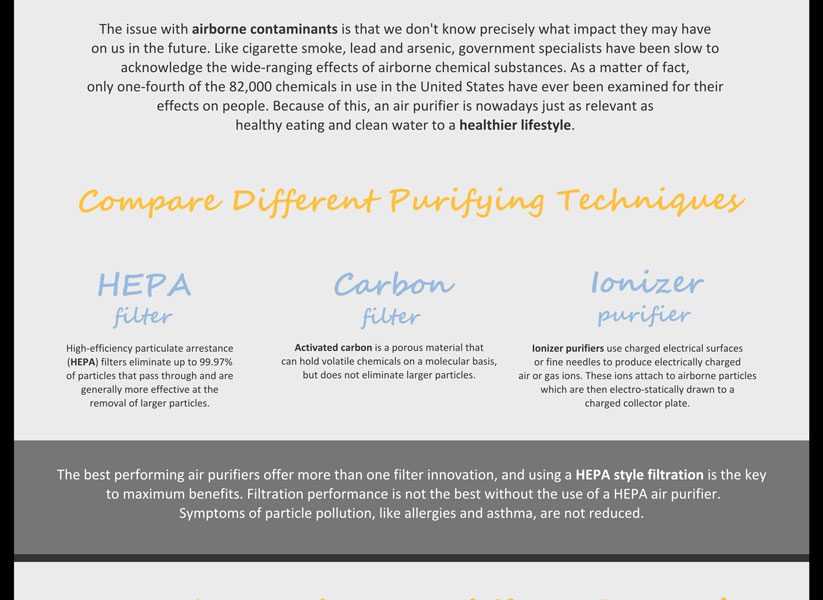Find Out Just How To Guarantee The Effectiveness And Longevity Of Your Heatpump System By Steering Clear Of Usual Installment Blunders
Find Out Just How To Guarantee The Effectiveness And Longevity Of Your Heatpump System By Steering Clear Of Usual Installment Blunders
Blog Article
Material Author-Lykke Sparks
When setting up a heatpump, you must steer clear of usual errors that could jeopardize its performance. Overlooking correct sizing might lead to ineffectiveness and greater utility expenses. Overlooking insulation and sealing might lead to energy wastefulness and pressure on the unit. Additionally, positioning the outside device incorrectly may influence its efficiency. By staying clear of these errors, you can ensure optimal working and durability of your heat pump system.
Improper Sizing of Heatpump
When it comes to the setup of heat pumps, one of the most typical mistakes is poorly sizing the system for your area. Guaranteeing the ideal size is important for ideal performance. If the heat pump is too tiny, it will certainly struggle to warm or cool your room efficiently, resulting in increased power bills and prospective wear and tear on the device.
On the other hand, if the heatpump is too big, it will certainly cycle on and off often, triggering temperature fluctuations and lowering its life expectancy.
To avoid this error, it's vital to have an expert analyze your room and recommend the ideal dimension of the heatpump based on aspects like square footage, insulation, ceiling elevation, and neighborhood environment. By investing the moment and effort to make sure the proper sizing, you can enjoy a comfortable environment while taking full advantage of energy performance and lengthening the lifespan of your heat pump.
Inadequate Insulation and Sealing
To ensure the reliable procedure of your heat pump, it's critical to resolve insufficient insulation and securing in your room. https://airconditioningtradeassoc62726.howeweb.com/31777581/heat-pump-repair-service-trick-signs-that-your-system-ought-to-be-evaluated-by-a-professional keep a constant temperature level inside your home, reducing the workload on your heat pump. Poor insulation can cause power loss, making your heat pump work harder and less effectively.
Sealing any spaces or leaks in your room is equally important. These voids enable conditioned air to escape and outside air to leak in, forcing your heatpump to compensate for the temperature level variations.
Inaccurate Positioning of Outdoor Device
Addressing the positioning of your heatpump's outdoor system is key to maximizing its performance. Mounting the outdoor unit in a wrong place can lead to effectiveness issues and prospective damage to the unit.
https://www.facilitiesnet.com/firesafety/article/What-You-Need-to-Know-About-Fire-Door-Inspection-Testing-and-Maintenance--19466 to avoid is placing the outside unit also near to a wall surface or various other frameworks. This can restrict air flow, triggering the device to work more challenging to heat or cool your area, eventually minimizing its efficiency and lifespan.
Another error to stay away from is positioning the outdoor unit in direct sunshine. While some sunlight is inevitable, extreme exposure can lead to getting too hot, especially throughout warm summer days. heat pump prices auckland to position the exterior system in a shaded location to aid preserve its optimal operating temperature.
Moreover, ensure that the outside device is positioned on a secure and degree surface area. Unequal ground can create vibrations and unneeded pressure on the device, influencing its efficiency in time.
Verdict
In conclusion, avoiding typical blunders during heat pump installation is crucial for taking full advantage of effectiveness and longevity of your system. By guaranteeing correct sizing, sufficient insulation, sealing, and proper positioning of the outside unit, you can prevent problems such as ineffectiveness, increased power costs, and strain on the device. Taking the time to attend to these vital variables will inevitably conserve you money and time in the long run.
